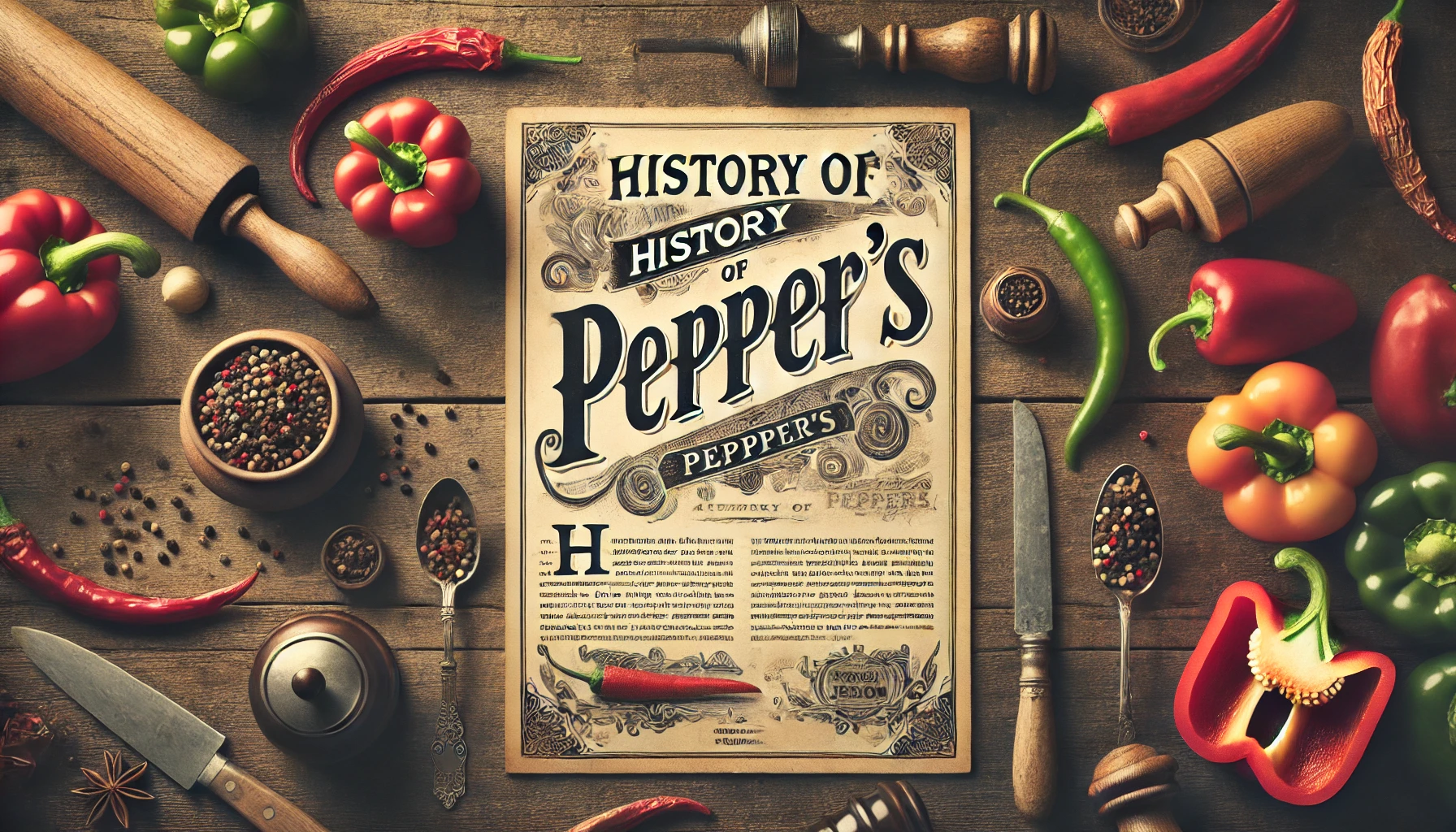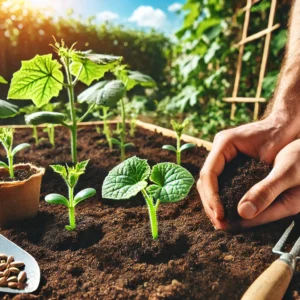Ancient Beginnings
Pepper gardening has a history as rich as its flavor. It all began thousands of years ago in ancient India and Southeast Asia. People in these regions discovered the spicy magic of the pepper plant and started cultivating it for its culinary and medicinal properties. The pepper plant, scientifically known as Piper nigrum, thrived in the tropical climates of these areas.
Spread Along Ancient Trade Routes
As time passed, the popularity of pepper spread like wildfire along the ancient trade routes. Traders from India carried pepper to the Middle East, where it became a prized commodity among royalty and the wealthy elite. From there, it journeyed further westward, subsequently reaching the shores of the Mediterranean and eventually making its way to Europe.
Pepper in Ancient Rome
In ancient Rome, pepper became a symbol of luxury and status. It was highly valued and used as a form of currency to pay taxes and even ransom. Emperors and nobles flaunted their wealth by lavishly seasoning their food with pepper, making it a staple in Roman cuisine.
The Pepper Trade in the Middle Ages
During the Middle Ages, pepper remained in high demand, and furthermore, its trade routes continued to flourish. Merchants from Europe embarked on perilous journeys to distant lands in search of this coveted spice. Pepper was so valuable that it was often referred to as “black gold,” illustrating its immense worth and importance in ancient trade networks.
Exploration and the Age of Discovery
The Age of Discovery brought about a new chapter in the history of pepper gardening. European explorers set sail in search of new trade routes to the spice-rich lands of Asia. Among these adventurers was Christopher Columbus, who famously set out to find a direct route to India but stumbled upon the Americas instead.
The Spice Trade and Colonization
The discovery of the Americas opened up new opportunities for pepper cultivation. Spanish and Portuguese colonizers introduced pepper plants to their colonies in the New World, where they adapted well to the tropical climates. Meanwhile, the spice trade continued to thrive, with pepper remaining one of the most sought-after commodities.
Pepper in the Modern Era
As the world entered the modern era, pepper gardening underwent significant changes. Advancements in agriculture and transportation made pepper more accessible to people around the globe. Pepper cultivation expanded to regions beyond its native habitat, including Africa, the Caribbean, and parts of Asia.
Pepper Gardening Today
Today, pepper gardening is practiced worldwide, with countless varieties available to suit every taste and preference. From the fiery heat of chili peppers to the sweet crunch of bell peppers, there’s a pepper for every palate. Whether grown in backyard gardens, on commercial farms, or in hydroponic systems, peppers continue to spice up dishes and delight taste buds everywhere.
Conclusion
The history of pepper gardening is a testament to the enduring appeal of this humble plant. From its ancient origins in the tropical forests of Asia to its global spread and cultural significance, pepper has left an indelible mark on human history. As we continue to enjoy its spicy goodness in our meals, we honor the legacy of those who first cultivated this remarkable plant.



